Many ruins are left from the Mayan civilization and new ones are still being found. In Guatemala, Tikal, located near Petén, is the largest set of Mayan ruins. Well preserved and not too difficult to get to, Tikal is worthy of a visit if you have time. Having been to Tikal on previous visits to Guatemala, this time we choose to go to Copan, just over the Southern border of Guatemala in Honduras. Copan is known as the arts and intellectual center of the Mayan culture. For the first time visitor this guide will help you plan your trip.
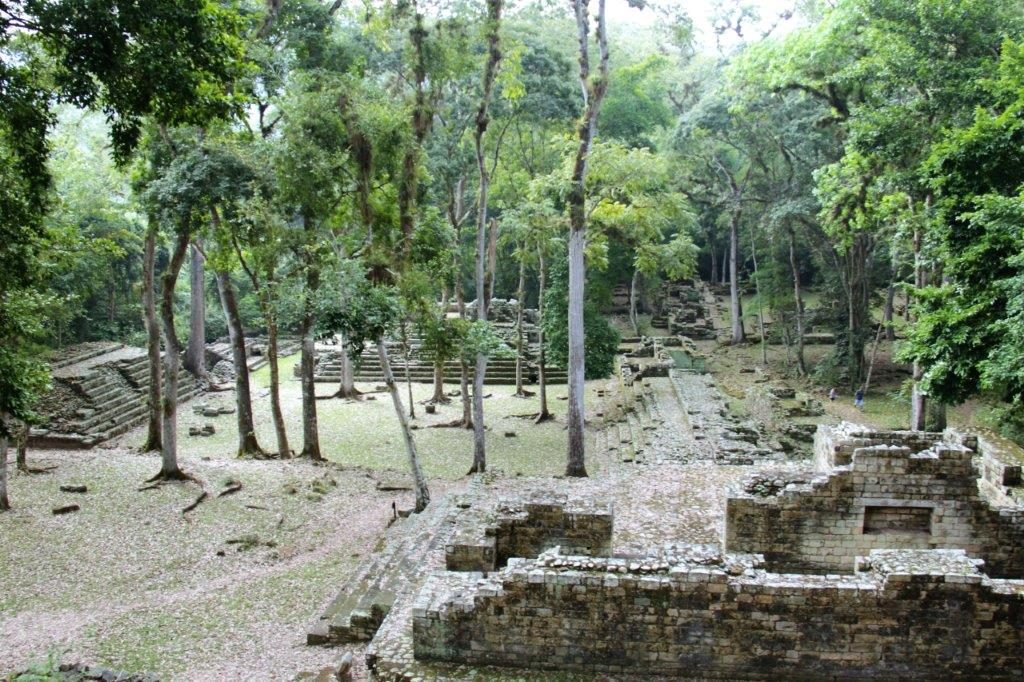 Copan: The Mayan Center of Arts and Culture
Copan: The Mayan Center of Arts and Culture
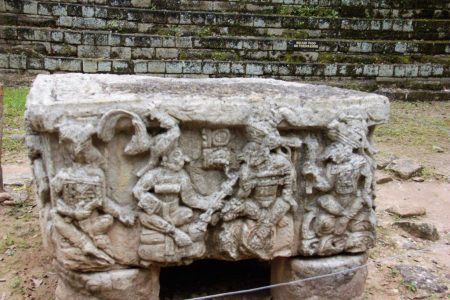 Built and inhabited between 426 and 850 A.D., Copan had a series of 16 rulers. Several of their rulers were very long serving and provided stable leadership allowing Copan to flourish. At Copan’s peak the population was about 24,000 (Tikal in comparison was closer to 100,000).
Built and inhabited between 426 and 850 A.D., Copan had a series of 16 rulers. Several of their rulers were very long serving and provided stable leadership allowing Copan to flourish. At Copan’s peak the population was about 24,000 (Tikal in comparison was closer to 100,000).
As the Mayan’s cultural center for over 400 years, astronomy, sculpture and hieroglyphics feature heavily in Copan. Mayan language is most closely related to Asian languages. The name of the first ruler of Copan, Yak K’uk Mo’ and other names from early Copan resemble Asian words and names.
Some of the highlights, not to be missed at Copan include:
- The Hieroglyphic Staircase: Recording much of the Mayan history and natural events, the Hieroglyphic Staircase is the longest series of hieroglyphs discovered in the America’s.
- Alter Q, a square stone found on the site, records all 16 rulers.
- Rosalila Temple (Meaning “rose-lilac” for the color of the temple) is the best preserved temple found anywhere in the Mayan zone.
Sacrifices, including human sacrifice, were a large part of Mayan culture. The Great Plaza and the Ball Court, the site of sporting events, are still intact. Winners or losers of the ball matches were sacrificed to appease the gods. In Mayan culture it was an honor to be sacrificed.
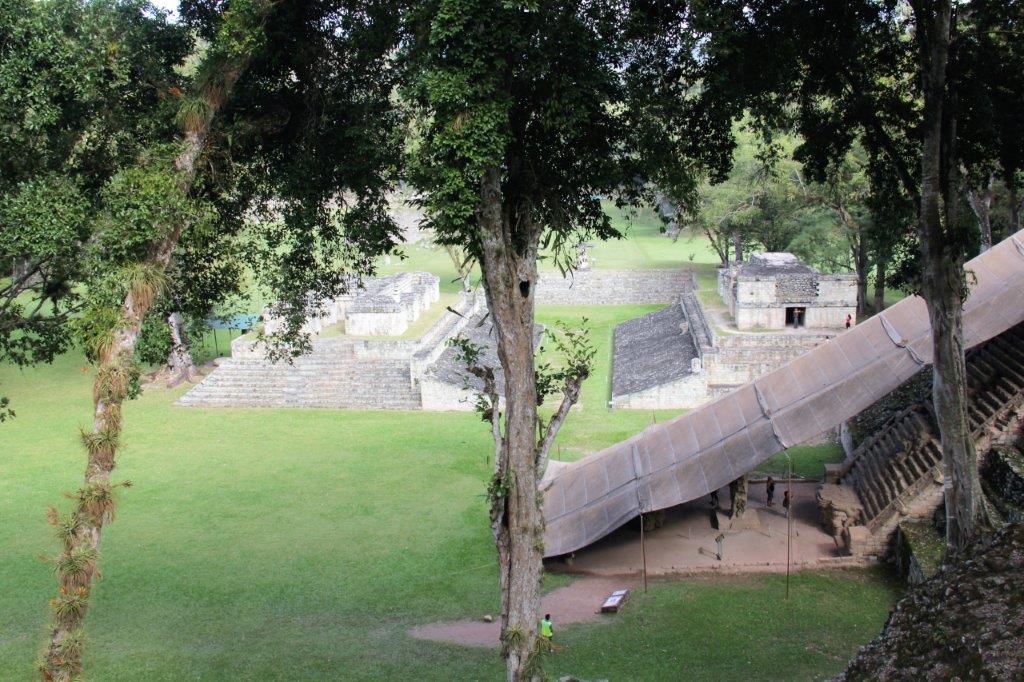
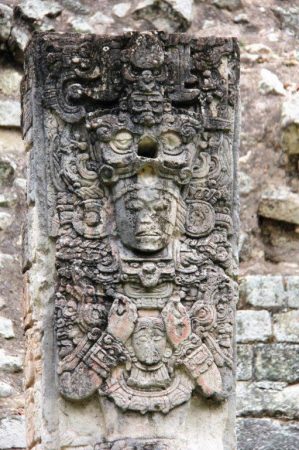 Astronomy and the Development of Copan
Astronomy and the Development of Copan
The architecture of the temples reflects the Mayan knowledge of astronomy. The lunar cycle of 28 days, and 13 lunar periods in a year feature heavily. Count the number of steps and platforms and these patterns appear repeatedly.
As Copan developed, rather than sprawl outward, new temples were built on top of old. The size of the site therefore never expanded. This seems to have been planned from the start. The visible portion of a temple is “the tip of the iceberg” with previous temples below the visible structure. A series of tunnels built by archeologists provides visitors access to the previous temples. (Requires purchase of an additional ticket to walk through the tunnels.)
The Mayans in Copan were not aggressive. While they defended themselves from attack, they did not attack their neighbors. So why was Copan abandoned? Most theories for its collapse are attributed to environmental factors and population growth, but the real reason is unknown.
If you are interested in ancient cultures and learning more about why some of them may have disappeared I highly recommend the book Collapse by Jared Diamond. He explores many ancient cultures and the similarities leading to their demise.
The Town of Copan Ruinas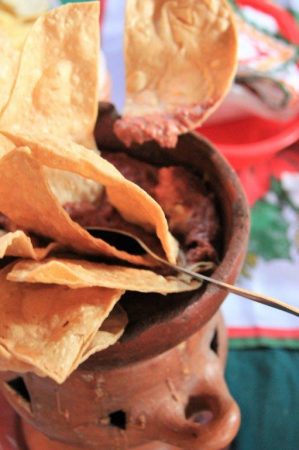
The town closest to the ruins of Copan is Copan Ruinas. With a lovely square, some shops, a wide range of accommodation and two museums showcasing aspects of the Mayan culture, as well as the ruins, this is where most visitors stay.
One museum is the Archaeological Museum of Copan with artifacts and a burial site of a Mayan shaman. The other museum, the Digital Museum of Copan, has a digital recreation of the Copan ruins and compares Copan to other ancient ruins. Both museums are located on the main square in town.
We ate dinner at Llama del Bosque on a recommendation from our hotel. It was fantastic! A great chance to try local Honduras food including anafre– a cheese and black bean fondue! I had the pollo con crema de loconos, chicken with loconos, a local flower! Delicious!
Honduras is one of the poorest countries in Central America and meals and items at the market were less expensive than in Guatemala.
There is a also local hot springs, coffee plantations and canopy tours in the area.
Getting to Copan from Guatemala
Day tours to Copan leave from Guatemala City and Antigua. Most leave about 4 am and return the same day! There were four of us, so we hired a driver and arranged private transport; allowing us to stop whenever we wanted, visit what we wanted to see and travel at a more leisurely pace, all for about the same cost. Even with dinner and accommodation the cost was about the same.
Leaving Guatemala City about 8 am, we arrived in Copan Ruinas about 3 pm, providing time to explore the town in daylight, have a nice dinner and get a good night’s rest. In the morning following a great breakfast at the hotel we headed to the ruins. We were there at 8 am when it opened, hired a guide and beat the crowds (and the heat).
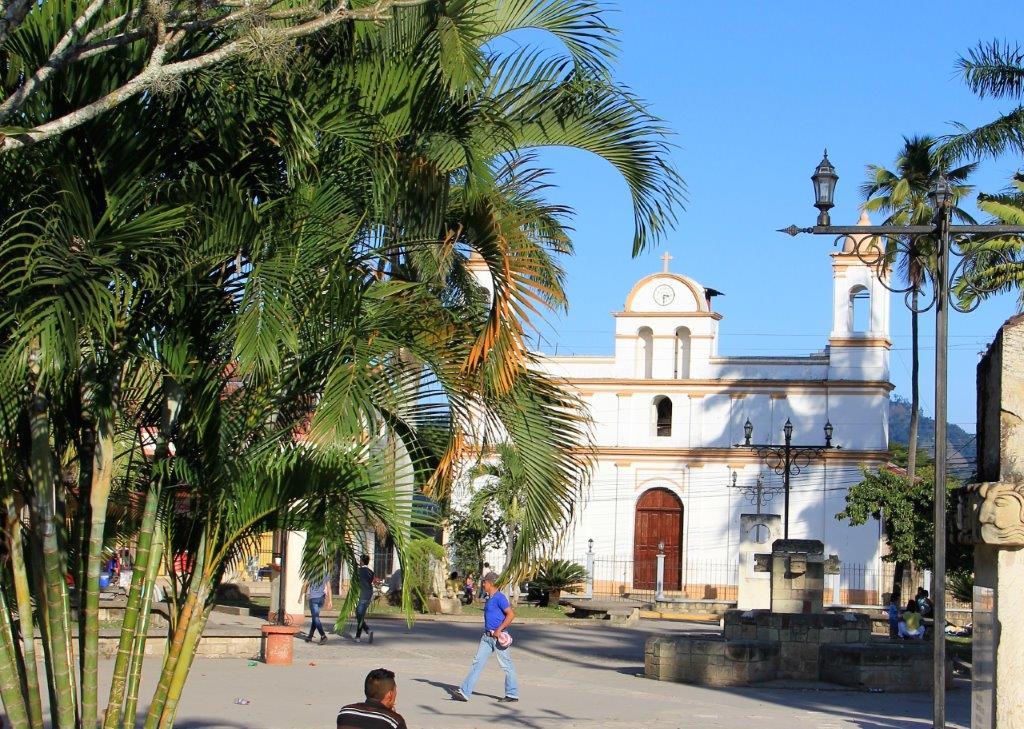
Allow about 3-4 hours at the ruins. We also went to the Museum of Mayan Sculpture, located on the site. The museum contains many of the original pieces removed from the site itself for preservation reasons. Walking around the ruins you see replicas of these pieces. (An additional entry fee applies for the museum.)
Immigration at the border crossing into Honduras can be slow. Visitors from outside Central America pay a $3 USD migration fee.
The local Honduras currency is lempira but dollars and quetzales from Guatemala are both widely used. We were just there overnight and did not exchange money.

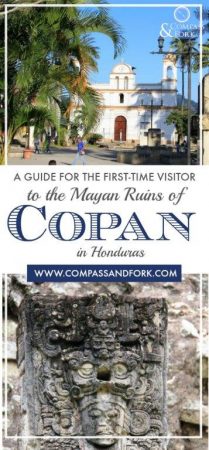
Leave a Reply